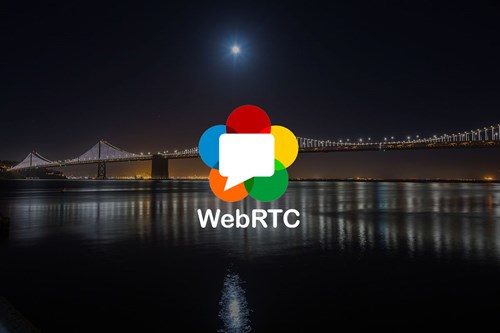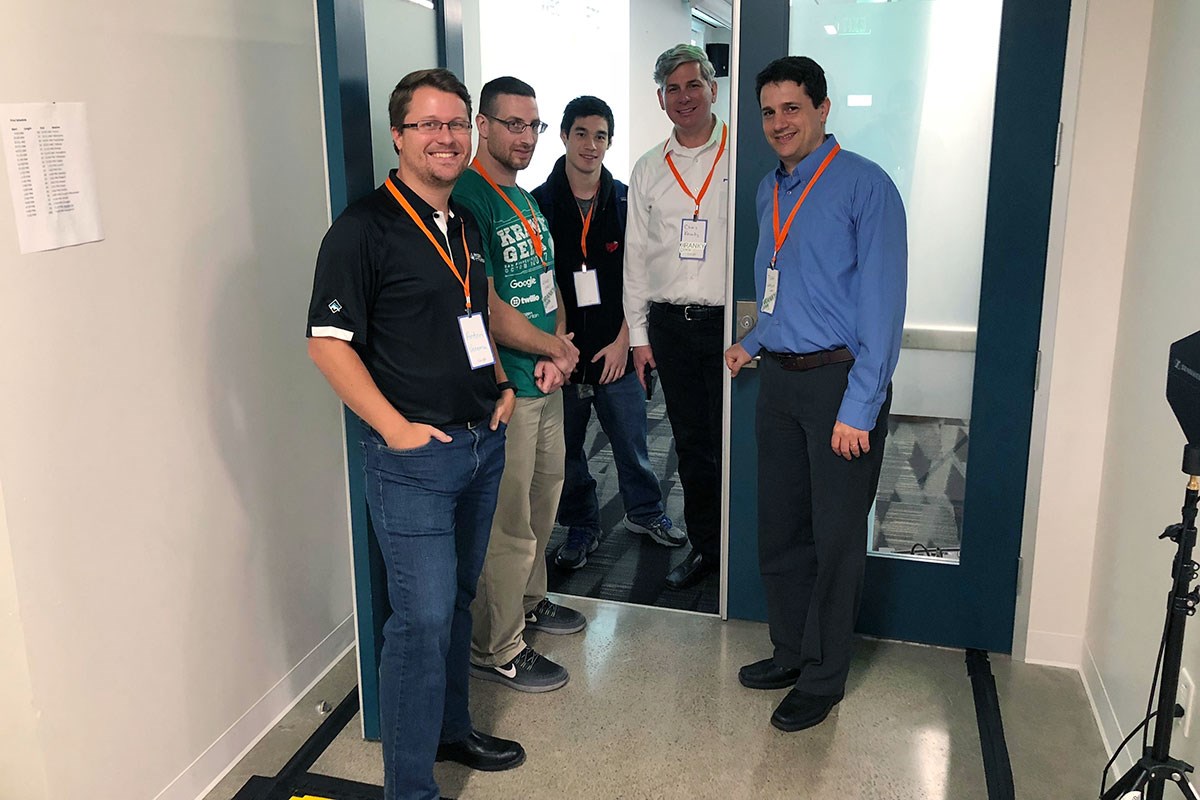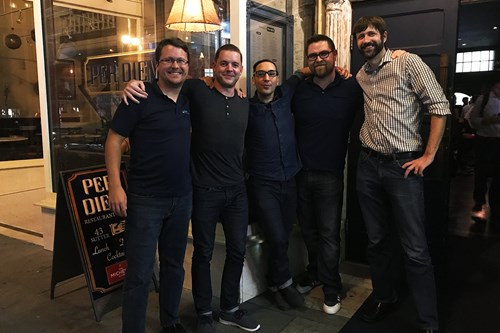


On Friday last week, we had the opportunity to sponsor and present at the Kranky Geek WebRTC Show in San Francisco. This is a unique event. It’s just a single day, and it’s packed with pre-screened, technical, 20-minute presentations from leading companies in the WebRTC space. Unlike most conferences, there isn’t much going on in the way of high-pressure sales. Instead, the presentations have a focus on education and giving the attendees (mostly developers) a chance to walk away having actually learned something new and useful.

The highlight of the event is always the update from Google on their work with WebRTC in Chrome. Justin Uberti, Niklas Blum, and Huib Kleinhout were all present, and it was clear that WebRTC is reaching a new level of maturity in Chrome. Much more attention is being spent fixing edge-case bugs and focusing on reliability, trying to ensure that every connection gets through, every time.
Apple sent a representative this year as well, with Youenn Fablet talking about their latest work in bringing WebRTC to WebKit and Safari earlier this year, as well as their commitment to making the real-time experience as great as possible on every Apple device (albeit without VP8).

Our presentation focused on building micro-services using AI and cloud services. We did a live demo of a conference bot that automatically consumes media from an SFU (LiveSwitch hosted on Oracle’s Cloud Infrastructure ), feeds it to the Google Speech API to get a text transcription, translates it using Google’s Translate API , synthesizes speech of the translated text using Microsoft’s Speech Platform , and then sends the audio back to the SFU so that clients hear people speak in their native tongue, even when each person is speaking a different language. Contact us if you are interested in seeing a live demo!
We were impressed with the presentation by Hadar Weiss of Peer5 , which provides a serverless infrastructure for near-live broadcasting. Their solution delivers content using HTTP streaming to an initial tier of clients who in turn rebroadcast the media chunks to other clients using WebRTC data channels with their unused upstream bandwidth.
Slack, Facebook, and many others were present as well. If you are interested in technical things related to WebRTC and haven’t been before, we would really encourage you to check it out next year. The conference is very affordable (just $10!), and all proceeds go to Girl Develop It , a nonprofit that works to provide affordable and judgment-free opportunities for women interested in learning web and software development. Hope to see you next year!
